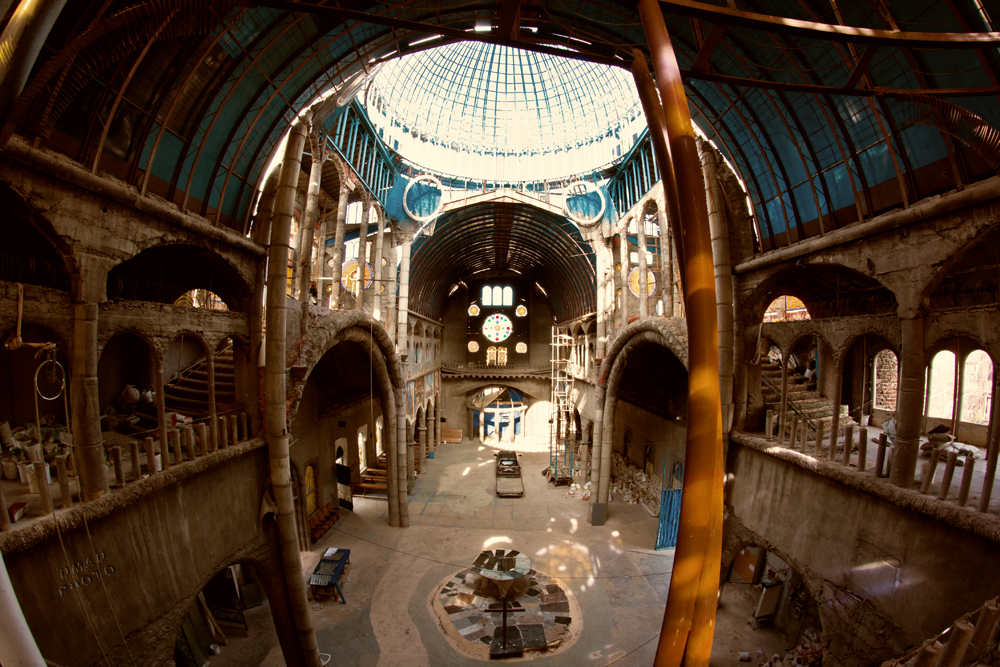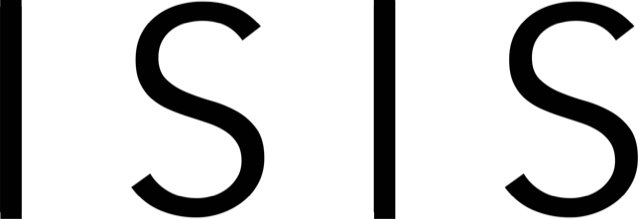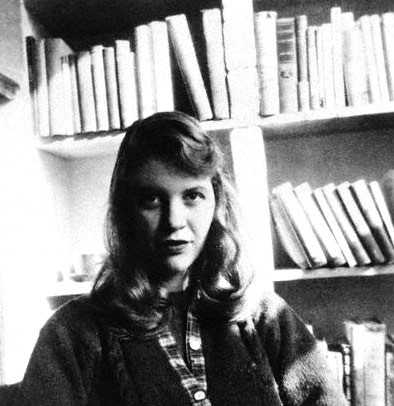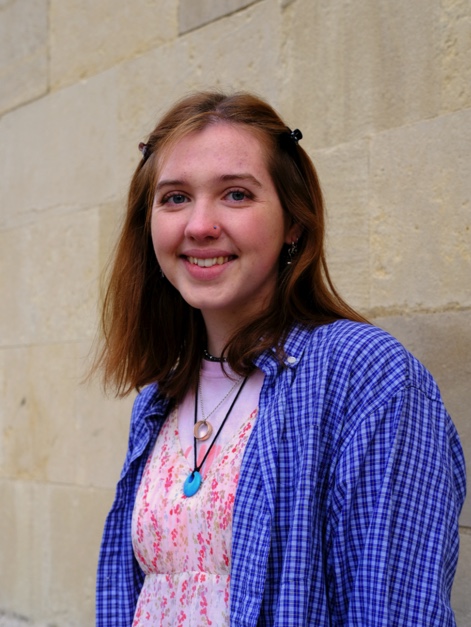
A Leap of Faith: Don Justo’s Self-Made Cathedral
Gusto Gallego Martínez rarely sits. A former monk at Trappist order Santa María de Huerta, the eighty-six year old Don Justo, as he is known, has spent his life building, virtually unaided, the unfinished Catedral de la Fe – the Cathedral of faith – which looms brilliantly and bizarrely over the sprawling Castilian town of Mejorada del Campo.
Don Justo has worked on this intensely personal project from nine to five every day, excepting Sunday, for 52 years. The cathedral, named as such by Don Justo rather than the Catholic Church, is an eclectic, beautiful building made from foraged broken bricks, reused metal and glass. When asked if volunteers require building experience or training he laughs: “No tengo nada,” I have none. He is guided only by his untutored instincts and, he says, the Virgin Mary, to whom he dedicates the Cathedral. Watching him hop over perilous drops, and climbing out along flimsy planks of wood you hope that this is true. His fearlessness and devotion is reflected in the building itself, especially in its distinctive building methods: stained glass windows made from three-tone crushed glass stuck between two panes, pillars formed from old water-drums, and window frames bound with wire.
Justo left his vocation as a monk after eight years when he contracted tuberculosis, and started building after his remarkable recovery. His main helper is Ángel Lópex Sánches, but his six nephews also aid him, one of whom is training to become an architect and has recently made formal plans of the cathedral.
The story behind the building is inspiring, but has masked problems that were perhaps not as evident in the Franco era when construction began. The chapel has no planning permission, and, although the local councils are apparently on side, it is technically illegal.
Perhaps even more worrying is the very real chance that the building will fall down. On entering you are met with a slightly unnerving sign: “You enter at your own risk.” Times have changed since building began. Franco’s staunchly Catholic regime was dissolved in 1979, and now although the pro-Catholic Popular Party is now in government, today’s Spain is not as sympathetic towards a dangerous, if magnificent, place of worship.
The dream-like cathedral is Justo’s life, and the locus of his religious faith. La Catedral de la Fe, which he calls “a shrine to the Virgin Mary”, acts as a symbol of selflessness in a country feeling the backlash of fiscal greed. While nearby, thousands of pop-up houses from more prosperous times are pulled down because there is nobody willing to buy them, this exhibition of faith survives against all odds.
Whether madman or saint, Justo shows a refreshing lack of interest in monetary gain or even recognition. But at the age of eighty-six, he recognises the dream is still far from being realised. He admits, with a sad smile, “I can’t finish it. I don’t have the money or the time.”







